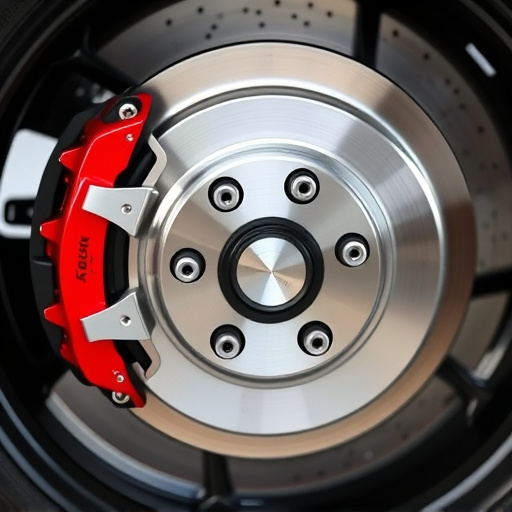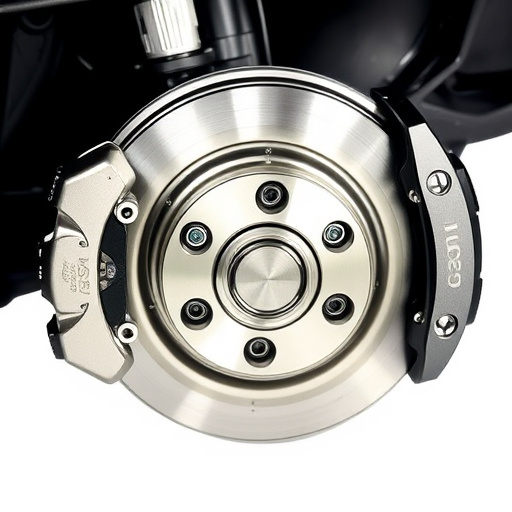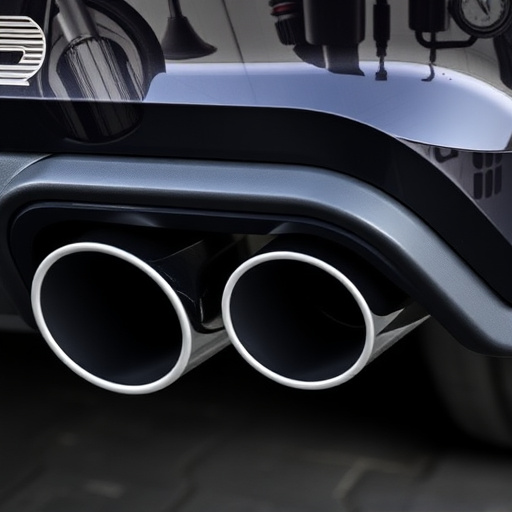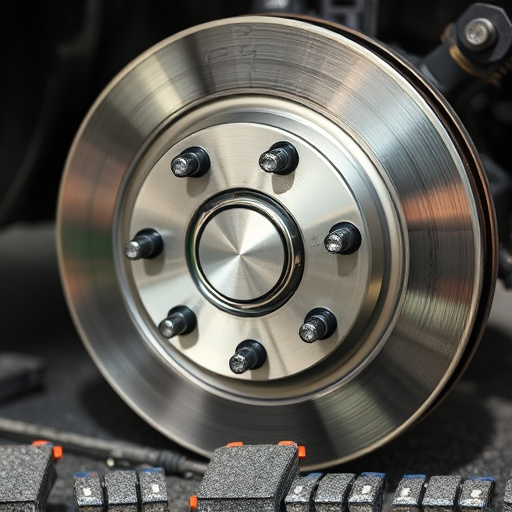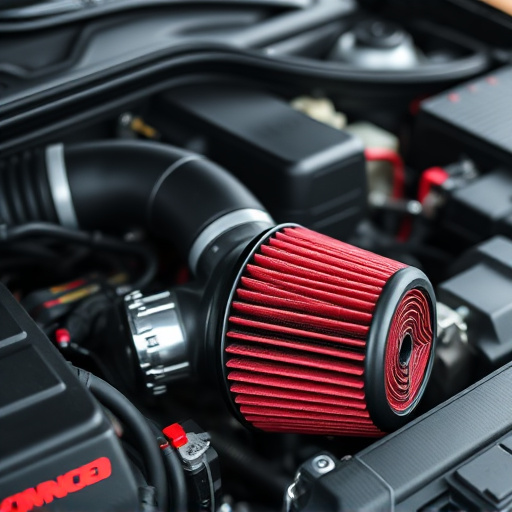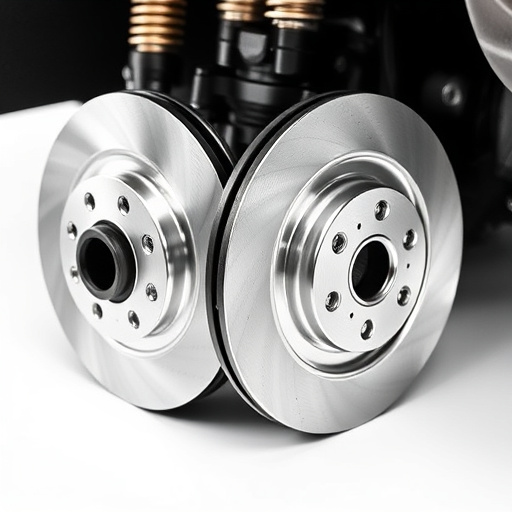Catalytic converter replacement is essential for modern vehicles to control emissions and maintain optimal performance. Over time, converters can lose efficiency due to buildup or heat stress, leading to symptoms like excessive smoke or reduced power. Regular maintenance and prompt inspection are crucial, as ignoring issues may cause damage and higher repairs. Replacing converters enhances efficiency, reduces toxic emissions, improves fuel economy, benefits the environment, and supports vehicle performance when combined with other modifications.
A catalytic converter, a vital component in modern vehicles, plays a crucial role in emission control, transforming harmful gases into less toxic substances. Over time, however, this component can wear out or become clogged, necessitating its replacement. This article explores the significance of regular catalytic converter replacement, delving into its key functions, common signs of failure, and substantial environmental benefits. By understanding these aspects, you’ll appreciate why timely replacement is essential for both vehicle performance and ecological preservation.
- Understanding Catalytic Converters: Their Role in Emission Control
- When Replacement is Necessary: Signs of Trouble
- The Benefits: Enhanced Efficiency and Environmental Impact Reduced
Understanding Catalytic Converters: Their Role in Emission Control

Catalytic converters are essential components in modern vehicles’ exhaust systems, playing a pivotal role in emission control. These sophisticated devices work by facilitating a chemical reaction that transforms harmful pollutants into less toxic substances before they leave the vehicle’s engine. The primary function is to reduce the levels of nitrogen oxides (NOx), carbon monoxide (CO), and hydrocarbons (HC) — common pollutants known for their contribution to air pollution and climate change.
When considering catalytic converter replacement, it becomes a crucial step in maintaining optimal vehicle performance and environmental protection. Over time, these converters can become less efficient due to factors like buildup of contaminants or damage from heat stress. Replacing them ensures that the emission control system operates at its best, allowing vehicles to meet stringent pollution standards. Additionally, this process may also involve updating other components, such as exhaust tips and suspension kits, to ensure a holistic approach to improving vehicle dynamics and efficiency.
When Replacement is Necessary: Signs of Trouble

Over time, catalytic converters can become less efficient due to various factors, signaling the need for a catalytic converter replacement. This is especially true if you notice a decline in your vehicle’s performance or unusual noises coming from under the hood. Some telltale signs that indicate a problem with your catalytic converter include excessive exhaust smoke, a strong “roar” or “hiss” while accelerating, or a noticeable drop in engine power. These issues often arise when the converter’s precious metals, which facilitate chemical reactions to reduce harmful emissions, become poisoned or coated over.
Regular maintenance, such as timely oil changes and avoiding extreme driving conditions, can prolong the life of your catalytic converter. However, if you’ve noticed any of these symptoms, it’s advisable to have your vehicle inspected by a professional mechanic. Ignoring these warning signs might lead to more serious problems, including potential damage to other components like brake rotors or muffler tips, and could result in higher repair costs down the line. Timely intervention through a catalytic converter replacement is key to maintaining optimal emission control and ensuring your vehicle runs smoothly and efficiently.
The Benefits: Enhanced Efficiency and Environmental Impact Reduced

A catalytic converter replacement is not just a maintenance procedure; it’s a powerful step towards enhancing both the efficiency and environmental compatibility of your vehicle. The primary role of this component is to reduce harmful pollutants and gases emitted from the exhaust system. By replacing a faulty or outdated converter, you unlock several advantages.
One significant benefit is the improvement in overall efficiency. A well-functioning catalytic converter optimizes the conversion of toxic substances into less harmful byproducts, ensuring your vehicle meets emission standards. This, in turn, leads to better fuel economy and reduced dependency on resources, as the engine runs cleaner and more efficiently. Moreover, with lower emissions, there’s a positive environmental impact, contributing to a healthier atmosphere and slowing down the degradation of our ecosystems. This is especially relevant when considering the long-term benefits of keeping your vehicle in peak condition, which can also be enhanced by other modifications like high-performance coilover kits and suspension components or cold air intakes.
Catalytic converter replacement isn’t just a maintenance task; it’s an essential step in maintaining efficient emission control. By understanding the role these converters play, recognizing when a replacement is necessary, and appreciating the environmental benefits of enhanced efficiency, drivers can make informed decisions to contribute to cleaner air. A simple catalytic converter replacement can go a long way in reducing harmful emissions and preserving our planet’s health.









